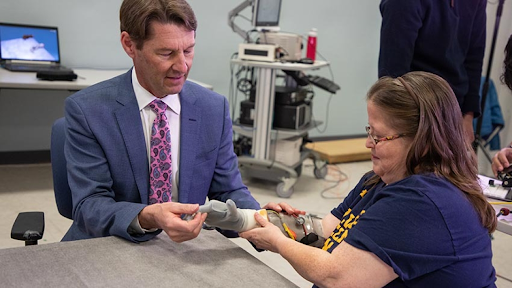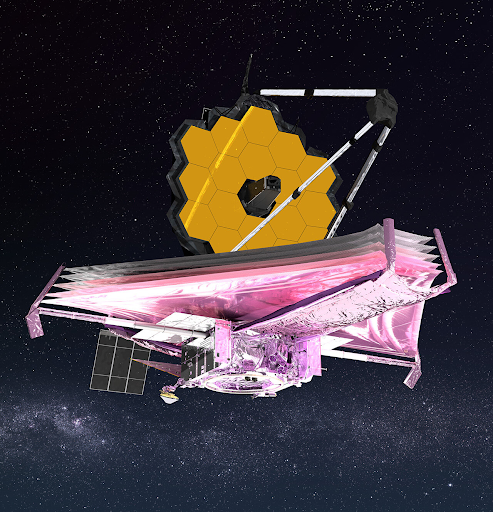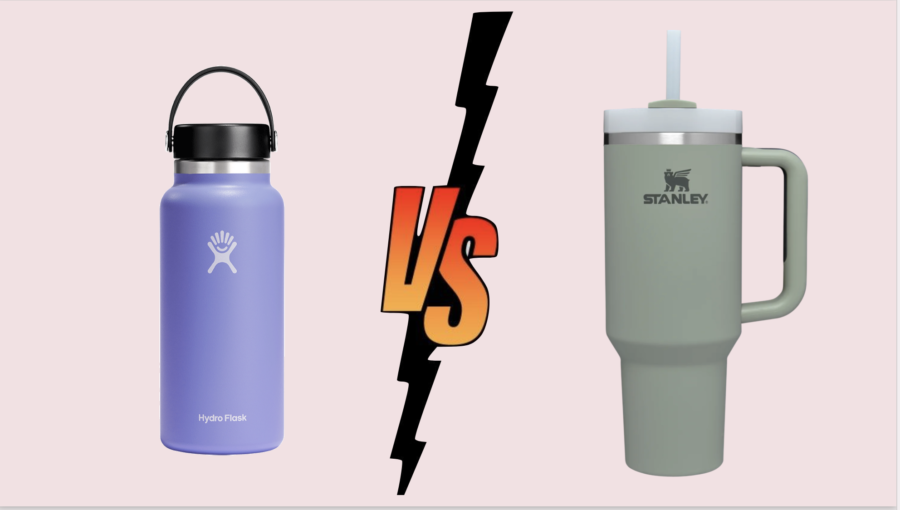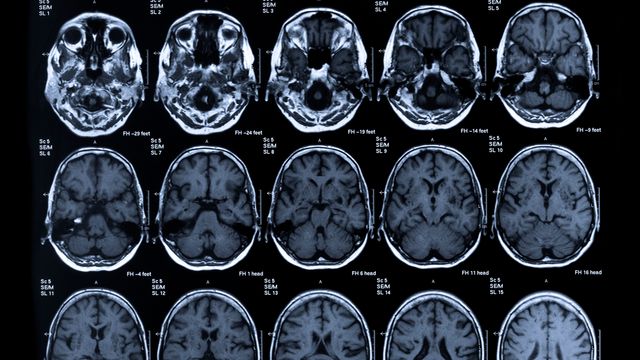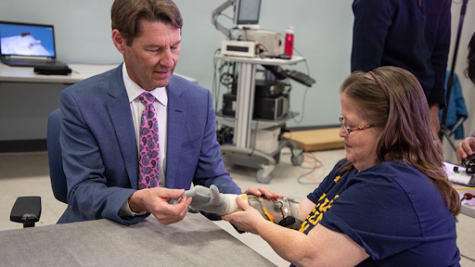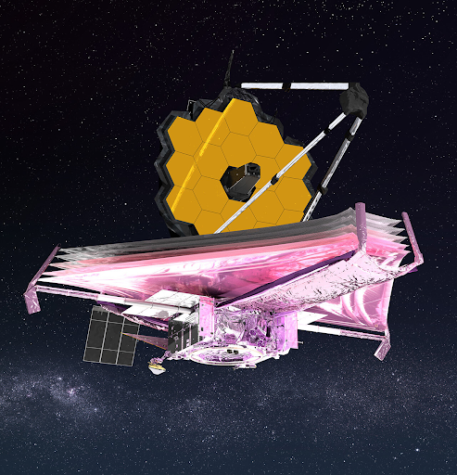The Importance of Neuroimaging for The Criminal Justice System.
April 4, 2023
Barry Wayne McNamara was charged with multiple counts of murder. He killed his four family members and was headed for the death penalty. However, the up and coming use of neuroimaging helped him avoid death, as PET Scans showed abnormal prefrontal cortex activity, which corresponded with his claims of suffering from schizophrenia. The proof of a mental illness potentially clouding his thinking and judgment, swayed the jury to spare him death.
The technology of neuroimaging is relatively new to the science field, primarily its use as evidence for the defense and prosecution of criminals. There are multiple scanning techniques, such as PET, SPECT, MRI, or CT scans. They all provide images of the brain function and how certain areas work. Images of abnormal activity in these scans can prove claims of mental instability, displayed in the case of McNamara. Using neuroimaging to back criminals’ claims of insanity or mental illness, allow them to be charged and convicted correctly, avoiding lies and false convictions. But how can a single image of a brain prove a mental disorder?
Using neuroimages, scientists can connect and examine the state of specific parts of the brain and what that part cognitively and behaviorally controls. Jennifer Kulynych, an IRTA Fellow at the National Institutes of Mental Health goes into depth about how,“The image itself is basically a means of representing numeric data from radioisotopic, electrical, or magnetic signals in the form of two or three-dimensional graphics. The numeric data underlying a neuroimage can be quantified, and values for persons with known brain injury or psychiatric illness can be compared to values for subjects whose brain function is seemingly normal.” Through comparison and relation of the known functions of parts of the brain, scientists can connect abnormalities shown in neuroimages to the behavioral effects they would have on the criminal. For example, Jana L. Bufkin and Vickie R. Luttrell, both professors at Drury University, explain how, “reduced prefrontal and/ or subcortical ratios may predispose to impulsive aggression and/or violence.” Scientists can now have evidence to incorporate into court to either support or refute claims of insanity.
However, the use of neuroimaging as admissible evidence in court is relatively new and many scientists desire more research and practice to advance the impact of it. Dr. Monte R. Buchsbaum, the founder and editor in chief of Psychiatry Research and Psychiatry Research Neuroimaging, and scientists behind the first PET scans for criminal cases to study psychiatric diseases, was interviewed by Don J. DeBenedictis and was open to expressing his concerns with the usability of the evidence in court. Buchsbaum explains, “We haven’t discovered a right-from-wrong nucleus in the brain.” He continues to state how damage and abnormalities in the scans can show the person is at a “greater risk” of having poor judgment and committing crimes. However, the brain is so complex and varies from person to person, so the neuroimaging evidence can be unclear.
Neuroimaging is creating a new path of evidence for claims of insanity, however the advancement and reliability of it needs improvement. Scientists continue to advance their techniques and analysis of neuroimaging, creating a bright future for its use in the criminal justice system.
Sources:
BUFKIN, JANA L., and VICKIE R. LUTTRELL. “NEUROIMAGING STUDIES OF AGGRESSIVE AND VIOLENT BEHAVIOR: Current Findings and Implications for Criminology and Criminal Justice.” Trauma, Violence & Abuse, vol. 6, no. 2, 2005, pp. 176–91. JSTOR, http://www.jstor.org/stable/26638269. Accessed 8 Feb. 2023.
DeBenedictis, Don J. “Criminal Minds: PET Scans Used to Prove Accused Killers’ Brain Abnormalities.” ABA Journal, vol. 76, no. 1, 1990, pp. 30–30. JSTOR, http://www.jstor.org/stable/20760833. Accessed 8 Feb. 2023.












